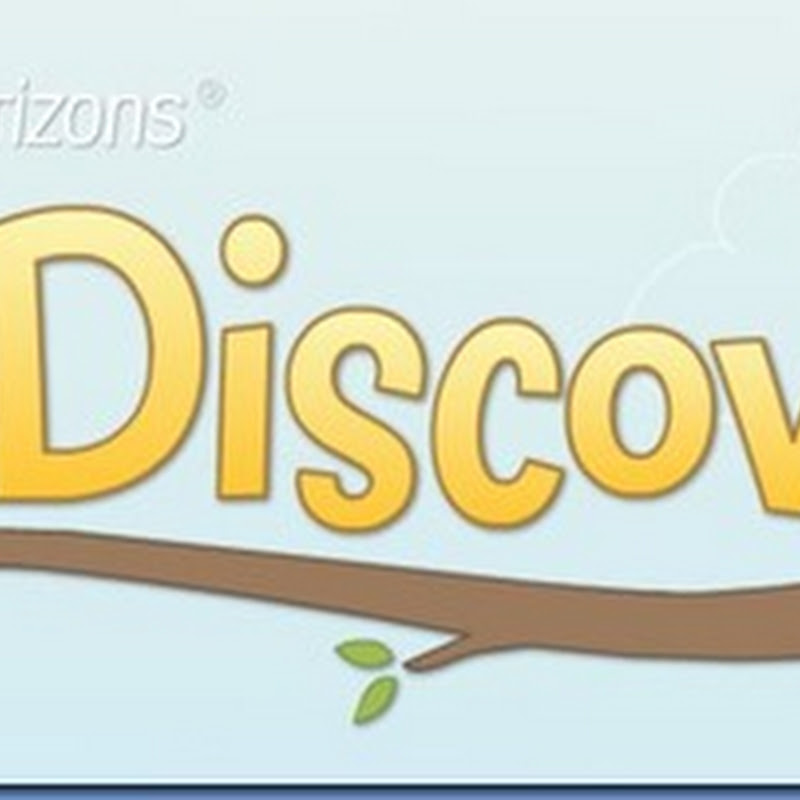POST Lab
OBJECTIVE: Exploring tools of discovery, Identifying tools that help us observe
VOCABULARY: binoculars, camera, discovery, eyeglasses, hand lens, microscope, telescope (optional/we used pics off the computer)
MATERIALS: worksheet
BACKGROUND:
Children "discover" by using all their senses. Students have been introduced to the five senses of hearing, touching, smelling, seeing and tasting.
Scientists and inventors have invented “tools” that help us to experience each of the senses in more detail.
The sense of sight probably has the most tools to help us observe and discover new objects. Telescopes help us see the rest of the Universe, that we cannot feel, smell or taste. We have instruments that can detect sounds that might help us understand our Solar System or the inside of our Earth. Microscopes help us look at little things that we cannot see with the naked eye.
PROCEDURE:
Continuing from yesterday we finished up our three part study on magnification and using the sense of sight to discover new ways of looking at and through things. Of couse the boys mostly wanted to play with the microscope while Sweet Pea ran around with the hand lenses (the non-expensive equipment ;). We wrapped the study by using the worksheet to make our own drawings of each object. Surprisingly they drew the pictures well enough to tell what was what. Again find the lab and fun others at Applied Science.
Happy Science Study,
Jenna
OBJECTIVE: Exploring tools of discovery, Identifying tools that help us observe
VOCABULARY: binoculars, camera, discovery, eyeglasses, hand lens, microscope, telescope (optional/we used pics off the computer)
MATERIALS: worksheet
BACKGROUND:
Children "discover" by using all their senses. Students have been introduced to the five senses of hearing, touching, smelling, seeing and tasting.
Scientists and inventors have invented “tools” that help us to experience each of the senses in more detail.
The sense of sight probably has the most tools to help us observe and discover new objects. Telescopes help us see the rest of the Universe, that we cannot feel, smell or taste. We have instruments that can detect sounds that might help us understand our Solar System or the inside of our Earth. Microscopes help us look at little things that we cannot see with the naked eye.
PROCEDURE:
- Ask students
how they can see better. As students respond, draw or write the "tool"
they mention. Display pictures of the items.
- The following is a guide to help direct students comments. Make sure you draw a simple stick figure so students have a guide when they draw. Reinforce the concept that tools of discovery help scientists to see the world better. Have students draw a picture of each of the instruments on the worksheet.
| eyeglasses | helps people see | |
| hand lens | enlarges things | |
| microscope | makes little things large | |
| telescope | makes very far things seem near | |
| binoculars | makes far things seem near | |
| cameras | records what we see |
Continuing from yesterday we finished up our three part study on magnification and using the sense of sight to discover new ways of looking at and through things. Of couse the boys mostly wanted to play with the microscope while Sweet Pea ran around with the hand lenses (the non-expensive equipment ;). We wrapped the study by using the worksheet to make our own drawings of each object. Surprisingly they drew the pictures well enough to tell what was what. Again find the lab and fun others at Applied Science.
Happy Science Study,
Jenna

































